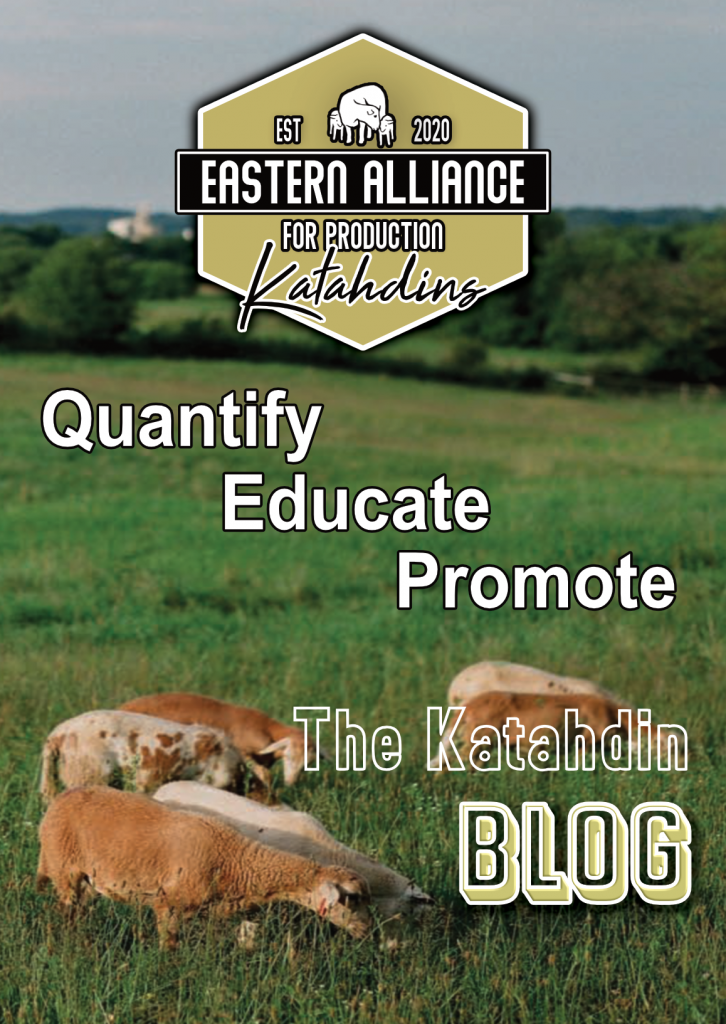Winter Grazing for Livestock: Enhancing Animal Performance, Health, and Farm Profitability
Winter grazing for livestock offers numerous benefits that extend beyond traditional feeding practices. This article explores the advantages of winter grazing, including improved animal performance, enhanced animal health, reduced labor for farmers, and ultimately, improved profitability. Improved Animal Performance: Winter grazing allows animals to continue their natural behaviors which limits


